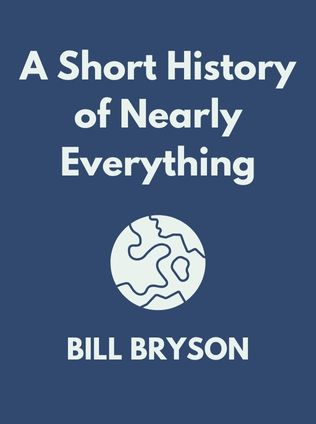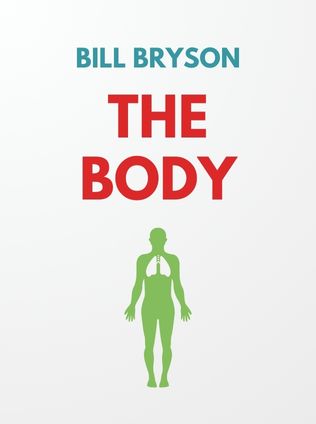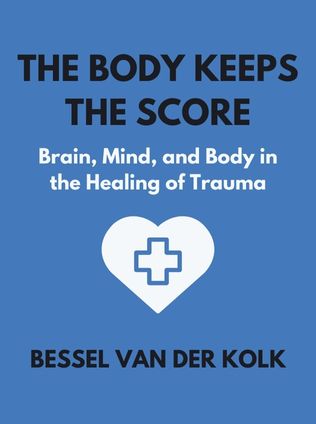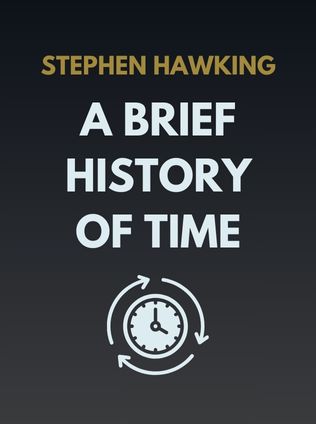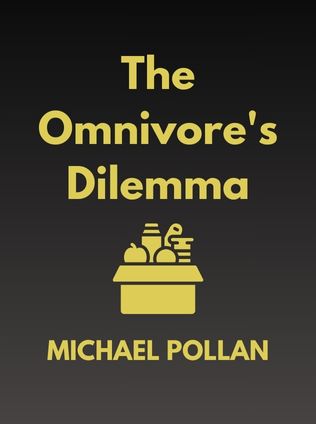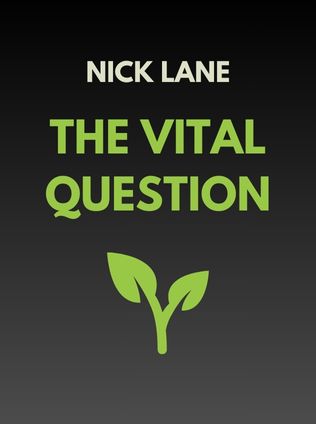
The Vital Question
Energy, Evolution, and the Origins of Complex Life
By Nick Lane
Published 04/2015
About the Author
Nick Lane is a distinguished biochemist and an expert in molecular biology, holding a position at University College London. His research focuses primarily on the origins of life, the fundamental biochemical processes that sustain living cells, and the evolutionary history that has shaped the diversity of life we observe today. Lane has authored several critically acclaimed books, including "Oxygen," "Power, Sex, Suicide," and "Life Ascending," which won the prestigious Royal Society Prize for Science Books in 2009. His contributions to science communication have been recognized with the Michael Faraday Prize, highlighting his ability to convey complex scientific ideas to a broader audience. "The Vital Question," published in 2015, is one of his most influential works, where he presents a groundbreaking perspective on the biochemical origins of life, challenging the traditional genetic-centric view.
Main Idea
"The Vital Question" seeks to address one of the most profound puzzles in biology: why does life on Earth function the way it does? Lane argues that the standard explanations, which focus predominantly on genetics and random mutations, are insufficient to account for the complexity and uniqueness of life as we know it. Instead, he suggests that a deeper understanding of how cells process energy, coupled with the specific environmental conditions that existed when life first emerged, is crucial to unraveling this mystery. By exploring these aspects, Lane aims to explain why life remained in simple bacterial forms for billions of years before a sudden explosion in complexity led to the rich diversity of multicellular organisms.
Table of Contents
- Introduction: The Vital Question
- Chapter 1: How Life Works
- Chapter 2: The Engine of the Cell
- Chapter 3: The Birth of DNA
- Chapter 4: Life in the Vents
- Chapter 5: The First Complex Cells
- Chapter 6: The Energy Problem
- Chapter 7: The Path of Evolution
How Life Works
At the core of Lane's argument is a fundamental inquiry: what exactly constitutes life? According to Lane, life is a process by which matter self-organizes into complex, self-replicating molecules, driven by a continuous flow of energy. This energy sustains living systems, allowing them to maintain order and avoid decomposition long enough to reproduce, thereby perpetuating life. However, this seemingly simple definition raises a significant paradox: how can life, with its intricate and highly ordered structures, exist in a universe governed by the second law of thermodynamics, which dictates that systems tend toward increasing disorder, or entropy?
Lane addresses this paradox by explaining that life does not violate the second law of thermodynamics; rather, it operates within it by creating local order at the expense of increased disorder in the surrounding environment. Life decreases entropy internally by consuming energy from the environment, which in turn increases entropy externally. This principle is vital for understanding how life could have originated and evolved on a young Earth, where conditions were far from static.
“Life only decreases entropy in the short term, and it does so by increasing entropy around it—consuming its surrounding environment for fuel while expelling disorganized matter and energy as waste and heat.” - Nick Lane
To delve deeper into the origins of life, Lane introduces the concept of thermodynamics, which is essential for comprehending how life can emerge from nonliving matter. The second law of thermodynamics states that in an isolated system, entropy will always increase over time. However, Earth is not an isolated system; it receives a constant influx of energy from the sun, which drives the chemical reactions necessary for life. This energy input allows life to defy entropy temporarily by creating complex structures, such as cells, that can sustain themselves and reproduce.
The importance of energy in sustaining life leads Lane to explore how early life forms might have harnessed this energy to create order from chaos. He suggests that life likely originated in environments where energy was abundant and accessible, such as hydrothermal vents on the ocean floor. These environments provided the necessary conditions for the first self-organizing molecules to form, setting the stage for the evolution of life as we know it.
The Engine of the Cell
In the second chapter, Lane delves into the cellular machinery that powers life, with a particular focus on adenosine triphosphate (ATP), the molecule that serves as the primary energy currency in all living cells. ATP is synthesized through a process that relies on electrochemical gradients across cellular membranes, a mechanism that Lane argues is too efficient and ubiquitous to be the result of random genetic mutations alone. This process, known as chemiosmosis, involves the movement of protons across a membrane, generating an electrical voltage that drives the production of ATP.
Mitochondria, the powerhouse organelles of the cell, play a central role in this process. Within mitochondria, a series of proteins strip hydrogen atoms from food molecules, separating their protons and electrons. The electrons are passed down an electron transport chain, eventually combining with oxygen to form water. This electron transfer process generates a proton gradient across the inner mitochondrial membrane, creating an electrochemical potential that drives ATP synthesis. Lane points out that this process is not unique to complex organisms but is shared across all forms of life, including the simplest bacteria, indicating that it must have been present from the very beginning of life.
Sign up for FREE and get access to 1,400+ books summaries.
You May Also Like
The Body Keeps the Score
Brain, Mind, and Body in the Healing of Trauma
By Bessel van der KolkFactfulness
Ten Reasons We're Wrong About the World – and Why Things Are Better Than You Think
By Hans Rosling






